One thing I don't get is how people argue not to use a pigtail cable, which admittedly can result in about a 0.01V drop in voltage at the second connector, but will then proceed to recommend extensions over replacement cables, which result in a .1V drop in voltage.
Added length adds resistance. You're doing the same thing with an extension than you are with a pigtail, only at different degrees.
As current increases, resistance increases, as resistance increases, voltages drop and temperatures increase. As temperatures increase, resistance increase. Rinse repeat.
It's the fundamentals of Ohm's Law. It's LITERALLY one semester in many high schools. Yet somehow, it's lost on 95% of Reddit users.
And now, we have a new cable on the block that carries more current over a smaller footprint: The dreaded 12VHPWR. Infamous for melting, but despite this, people still tempt fate and use it in precarious arrangements.
Today, we're going to show how to properly use one of the most popular 12VHPWR extensions on the market... The Lia- Li Strimer Plus V2.
For starters, we're going to test the voltage drop on our 12VHPWR cables. We're going to start with a stock 12VHPWR cable that goes straight from the PSU to the GPU over a 650mm length, and then we're going to tack on an extra 14 inches using the Strimer Plus because Georg Simon Ohm be damned!
Since these 12VHPWR cables are made to deliver 600W, we're going to put a 50A load on the +12V rail, like so:
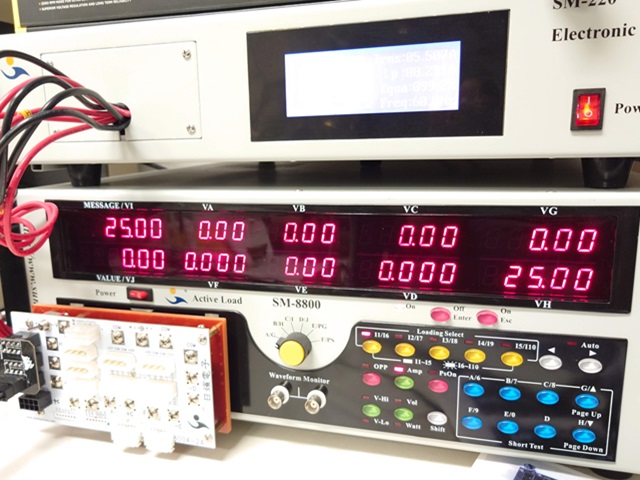
First, we'll check the voltage at the PSU itself:
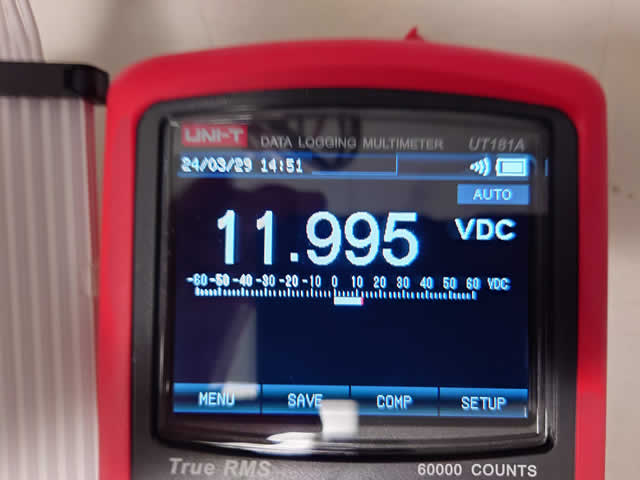
Then we'll measure the voltage at the load while using the lone 12VHPWR cable:
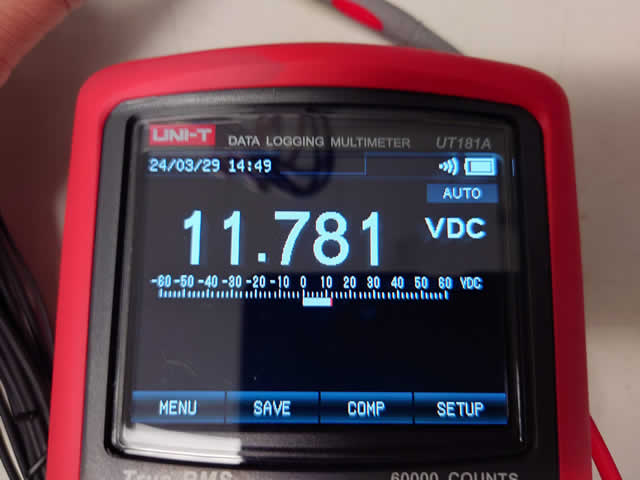
So we're seeing a drop of 0.214V through the cable.
Now I'm going to add the Strimer Plus V2 and measure at the PSU again:
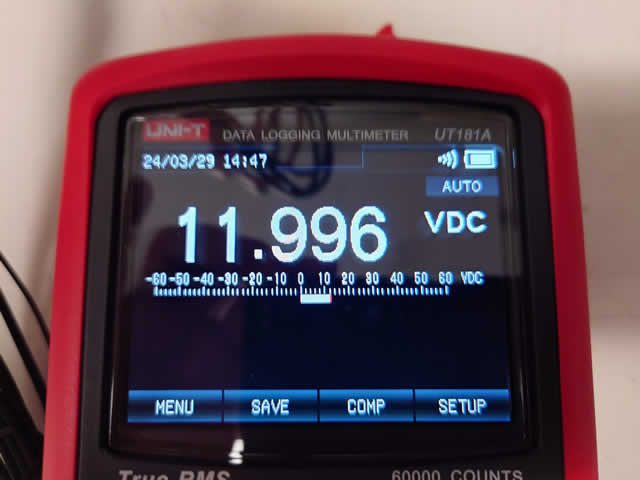
Little change.... Now to probe the voltage at the load:
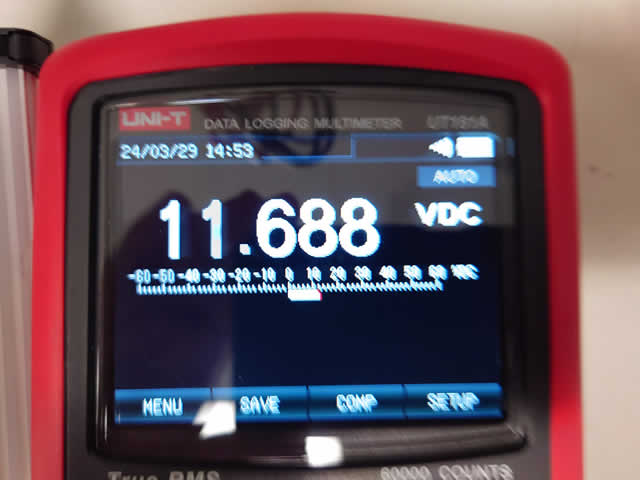
And now we're seeing a voltage drop of 0.308V. A difference of 0.094V.
Also, keep in mind, I didn't even allow the cable to heat up and it's being tested in an open air environment (ambient of about 25°C). If this was installed in a case with temperatures in the neighborhood of 30 to 40°C for prolonged periods of time, we would see an even greater drop in voltage.
But we can fix that!
First, carefully pop the clips off of either side of one of the black plastic clamps.

Then pop all of the clear plastic "cable combs" off. These come off very easily:

Now we're going to take the other black plastic clamp off:

Voila! Our Strimer is completely taken apart:

Now we're going to put the 12VHPWR cable that came with our PSU in place of the extension. The secret here is to get it as flat as possible. The method of doing this is going to vary depending on whether you have individually sleeved, flat cables or embossed cables like I have here in this photo:

Start with the clear clips since these have grooved in them that help separate the wires of the cable. Eventually, you'll have all three clear clips in place:

Now you can put the black plastic clamp on the GPU side of the cable:

Yeah... I guess I could have done a better job spreading out the wires, but I'm only doing this for this demonstration because, at the end of the day, I think Strimers look stupid and I'm going to take this all back apart when I'm done.
Now put the black clamp over the wires on the other side:

And we're all done!
